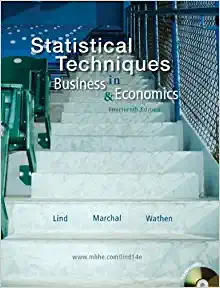



Clearly solve the following questions.,,,
Problem But #25: Supposs the Fed has initiated an expansionary monetary policy by using 325 billion in newty printed money to buy government bonds from bond holders (the public). What will be the repercussions of such an action by the Fed with regard to the following: The interest rate (is interest rate expected to increase or decrease?) 2. Bond holders fare bond holders expected to buy or sell bonds?) 3, Borrowers (are borrowers expected to borrow more or less?) Problem Set #20; Which of the following would be methods that the Fed could use to "maintain market confidence" when a negative AD shock hits? Slow the growth of money supply 2. Raise the discount rate 3. Promise to increase the growth of money supply if the economy worsens further. Sell Treasury bonds through open market operations 5. Raise legal reserve ratio Problem Set #27: Suppose that you are a member of the Board of Governors of the Federal Reserve System. The economy is experiencing a sharp and prolonged inflationary trend. 1. What changes in (a) the reserve ratio, (b) the discount rate, and (c) open-market operations would you recommend? 2. Explain in each case how the change you advocate would affect (1) commercial bank reserves, (2) the money supply, (3) interest rates, and (4) aggregate demand. 3. Construct graphs of the money market, bond market, and AD-AS model to illustrate your answer.Date GDP Gap Inflation rate Jul-78 1.13% 6.68% Apr-97 0.13% 1.94% Oct-01 -1.05% 1.76% Jul-09 -7.17% 0.99% Apr-15 2.93% 1.29% Refer to the table above. Suppose the ideal or target inflation rate is 2%. Assuming policy makers place equal weight on the inflation gap and output gap, or w1=w2 = 0.5, in what years was the target Federal Funds rate greaterthan the nominal equilibrium Federal Funds rate? SELECT ALL YEARS THAT APPLY. Hint: the nominal equilibrium Federal Funds rate is the real equilibrium Federal Funds rate + the target inflation rate. O 1978 1997 2001 2009 20155AS2 SASl A02 Suppose the economy is producing at point C. An economist with a Keynesian perspective would recommend 0 allowing the economy to adjust on its own. 0 a decrease in the money supply and an increase in the interest rate. Q scal policy to increase aggregate demand, but not monetary policy. 0 an increase In the money supply and a reduction in the Interest rate. 5A5! 5A5! Y0 Yp 11 real GDP Suppose the economy is producing at point C. An economist with a classical perspective would recommend 0 a decrease in the money supply and an increase in the interest rate. Q scal policy to increase aggregate demand. but not monetary policy. 0 an increase in the money supply and a reduction in the interest rate. 0 allowing the economy to adjust on its own














